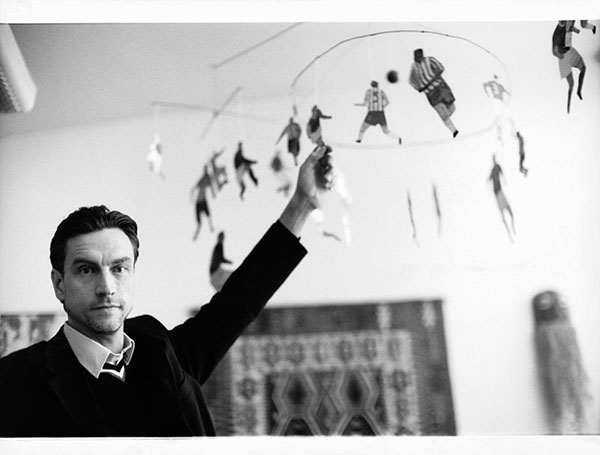
Jockum Nordström's Muse Music
The Swedish artist on the punk, classical, gypsy and blues music that inspired his new David Zwirner show
“Artists jam like musicians, but we jam quietly,” says Jockum Nordström. “We look at each other other's art. We have a relationship with a lot of other artists and we think, 'should I go in that direction? Is this good for me? Or bad for me?' Artist’s jam sessions take place over a long time and with many different artists and sometimes we even jam with the dead. We have a good relationship with them, but we tend to have it in private."
The Swedish artist's latest work, For the insects and hounds, on show at Zwirner London until January 24, was created last spring in a farmhouse studio on Gotland, an island off the southeastern coast of Sweden. The insects in the title are a reference to the ones that would routinely fall off the ceiling onto the work Nordström was making. The family dog was the only disruption to his work in the studio – the perfect setting then for an artist whose practice hinges on the tensions between man and nature, reality and fantasy.
The works on paper on show at Zwirner can read like storyboards for imaginary films. Indeed, Nordström refers to the tableaux-like environments populated by animals, architecture, furniture, people working or having sex as 'stills". In some ways they reflect a gypsy aesthetic that finds an outlet of sorts in the eclectic Phaidon Muse Music playlist he's put together for us. Much of it provided the soundtrack when he was imagining and creating the new work. “It can be folk, it can be jazz, it can be punk it can be complex in a lot of ways, but it’s very human, it’s very social," he says. "It’s not so much about education it’s more about being a good listener and maybe a curator - the best curator in the world. It’s always looking for the space, always asking where is the space?" We've put Jockum's playlist on Spotify and embedded it below. Here's what he has to say about his choices.
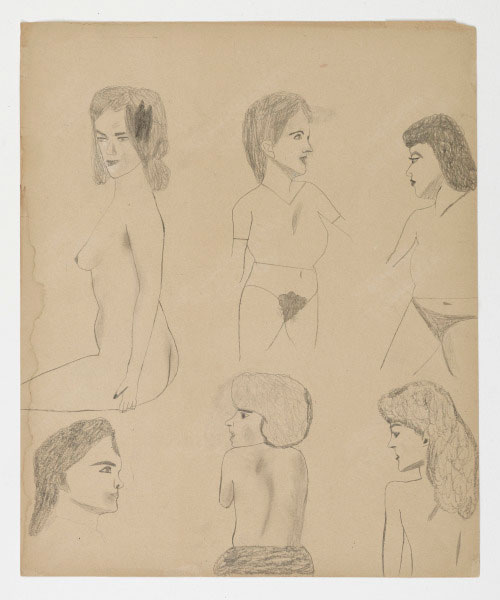
Tatiana Nikolayeva B_ach, Fuge in G Minor- _ She’s a piano player from Russia who I was listening to last year a lot when I was working. She has a very good personal feeling in her approach to Bach. It’s not like say Glen Gould, maybe more like Erik Satie in the way she approaches it. There is lots of space, it’s very slow, very stately. I can work very well when I’m listening to her, it encourages a more thoughtful approach maybe. More like Fred Sandback! I was listening to this in the countryside last year. I had this one record in the countryside. It was just me and the dog and the insects and this record. No computer. No drinking, just eating herring and potatoes - very slowly. And long walks with the dog in the forest. I had some neighbours, farmers, so it wasn’t like it was the desert. If my life was just that maybe I’d go downs be depressed, but for a month or so it was really good for me.
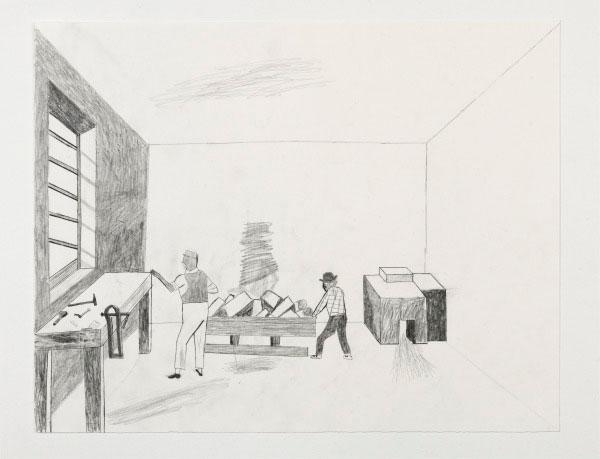
The Undertones Casbah Rock - This is from a rehearsal or something. I think it was something left on the floor that they put on the record. It’s sort of maybe 30 seconds or something. I love the song because it’s like a feeling from the time. Not a song but a brief look at what it’s like being young, in rock n roll. For me it’s a kind of blurry thing you look at. I have a liking for that. I have my own stories because I think I’m kind of a storyteller in my art, it’s always stories from my life and dreams.
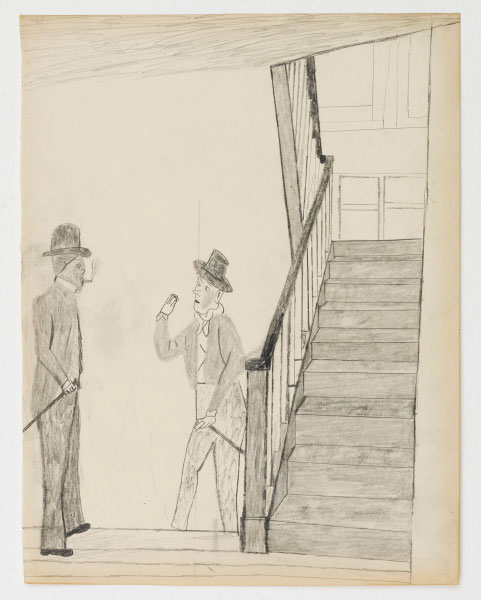
_Eddie Taylor Stroll Out West - _ He’s a guitar player and he plays the blues. I like blues a lot but it can get boring because it’s a form, it’s a shape - probably because you have to play together with other people. If you go to this place and use this form everyone can play together so it’s a very good idea. It’s a communication thing. But Eddie Taylor doesn’t play nicely, he doesn’t play nice figures. It sounds like a bicycle with bad wheels or something when he plays. He has another, different rhythm, like a rubber band. I get a good feeling from it. I don’t listen so much to blues today when I work. But before I did. Sometimes blues is too compact, but this has a lot of rhythm and feeling.
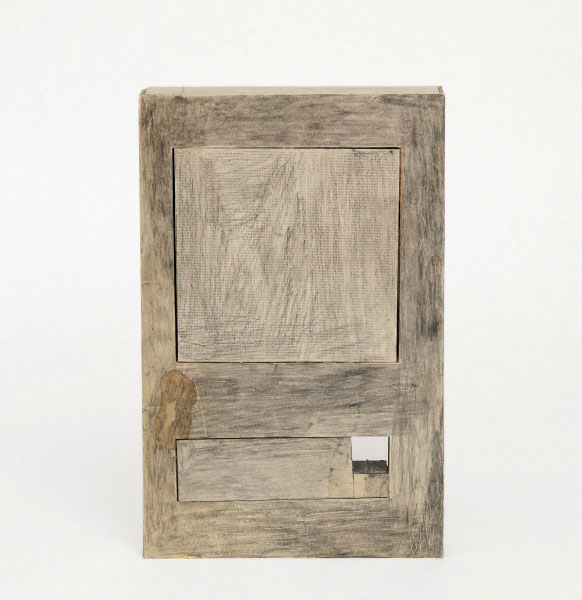
_Hound Dog Taylor 44 Blues - _ For me he’s like punk rock than blues. I don’t know exactly what kind of guitar he has but it sounds really cheap, like nothing. But he has a good feeling for rhythm. He doesn’t sing in the song but sometimes he shouts a little. He’s one of my favorites but not to listen to when I work, more for parties. I think I heard this for the first time in a park in the eighties. And I said what’s this, what’s this? A girl told me he had one finger too many on one hand. But he plays like he has just two fingers in comparison to Django Reinhardt who really did have two fingers and played like he had more than ten! Hound Dog Taylor never had a bass in his group, always just two guitars and one drum. And because of that it’s so good because it’s always attacking. There’s this photographer Miroslav Tichý, he made his own camera and he photographed women secretly – for me Hound Dog Taylor is the same thing, the same feeling. It’s brilliant at one thing.
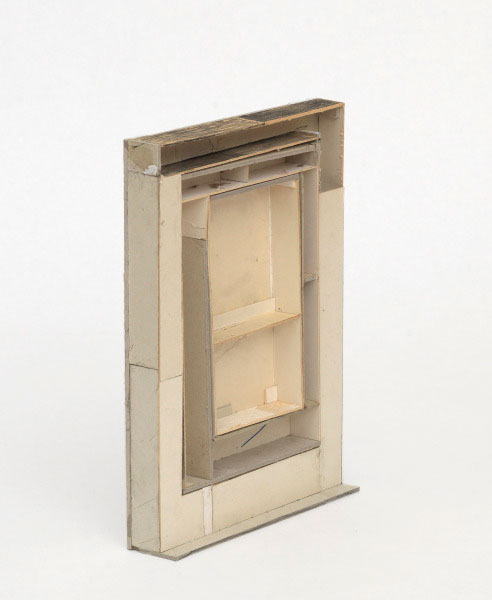
Kimya Dawson Rocks with Holes - I listened to her a lot maybe two or three years ago when she was in the group Moldy Peaches. This is her solo thing and sometimes I like it more. Because it’s more poetic in a way, she’ s more like a storyteller. In this song she sings about using a lot of drugs and being very close to death and waking up in the hospital. Her stories are always from her life, about her grandma, about taking the bus from one place to another. It can be important for me to have this kind of sentiment around me when I work.
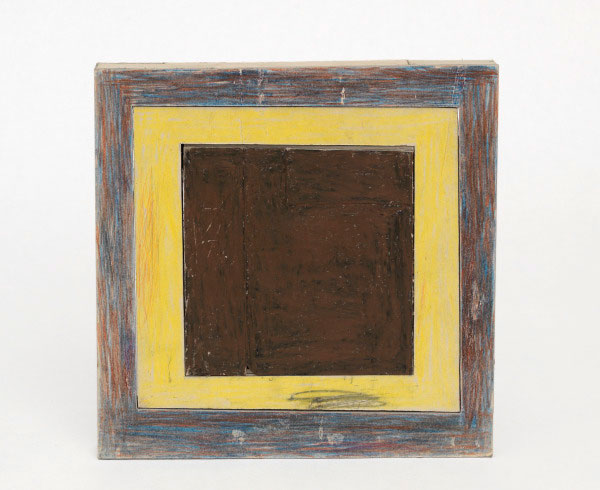
Aladar Racz (Cymbalo Recital, piano accompaniment by Yvonne Racz) Francois Couperin Les Roseaux - I found this in a market somewhere and was attracted to it because of the cover. I think it was a sculpture from Budapest or something. On closer inspection I saw that it was a gypsy name and I like a lot of gypsy music so I bought it. It was his name and one other, with the same surname which intrigued me. Was it a sister, a daughter, his wife? It was a special name and I thought this is interesting. I saw that it dated from the 1950s or early 60s and some of these recordings are really good from that period. They play using just one microphone, so the piano is in the background playing quite soft chords then he sometimes plays really hard and it gets overloaded and distorted. I like that feeling. He tries to play some Bach on it and sometimes it fails but it’s still really good. I listened to it a lot last spring when I was making these pictures. The music felt like drawings to me. I can listen to music as if it is wet or dry or messy or like grass or stones. I always think like this and this song was like a dry drawing for me with like a crayon or a pencil.
Bud Powell Parisian Thoroughfare - For me this is very pure and honest and it’s really art for me. So much love and feeling. His head and his ability to associate different things is so fast, hard to keep up with. I love him as a composer and this song is just the piano and him. I don’t listen so much to this kind of jazz when I work, but when I have a break and I listen to music he’s someone I always return t
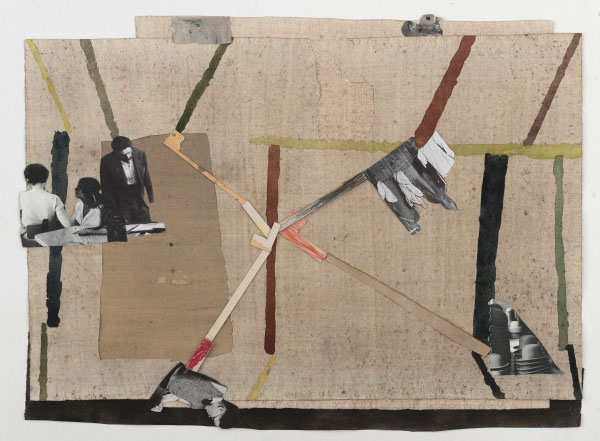
_Selda Utan Utan - _ Selda is from Istanbul. This is from the Seventies. She was, I think, a guitar player. I just have this one record. It’s a kind of pop rock from Turkey. She’s singing in Turkish, I don’t know what she’s singing but I like the songs a lot. It’s so much like late Clash. I think that Joe Strummer lived in Ankara or something (Strummer's father was a diplomat there). Maybe he heard this because it’s exactly like a Clash song until they start singing in Turkish and it becomes something totally else. I like it because I don’t understand the lyrics, or the history, so it’s just raw sound and you can make your own world in it. I like that.
_The Litter Codine - _ I love this song. It’s a cover by the Native American Indian singer Buffy Saint Marie. I think her parents used the drug codine. So for her, it’s a hate song I think. It’s a slow song and this is a tough, raw band - the drummer on this plays the same thing maybe 100 times - and they make it sound so good - much better than her version.
Earl Hooker On The Hook- He was the cousin of John Lee Hooker. They made one record together and it’s really good. Earl Hooker is not a good singer but he’s a really good guitar player but he died when he was 28. He played everything: country and western, blues, jazz. And kind of punk too. It’s sophisticated but it’s never fancy. It’s not like a Ferrari, it’s more like a bad car that goes very fast. I think this song is very special, the best he ever did. I like how the guitar plays in three different ways. It’s not just a blues, it’s the gypsy feeling in it. Check out Jockum Nordström's For the insects and hounds at Zwirner London. And if you're a fan of works on paper there are some great ones in our book Vitamin D2.